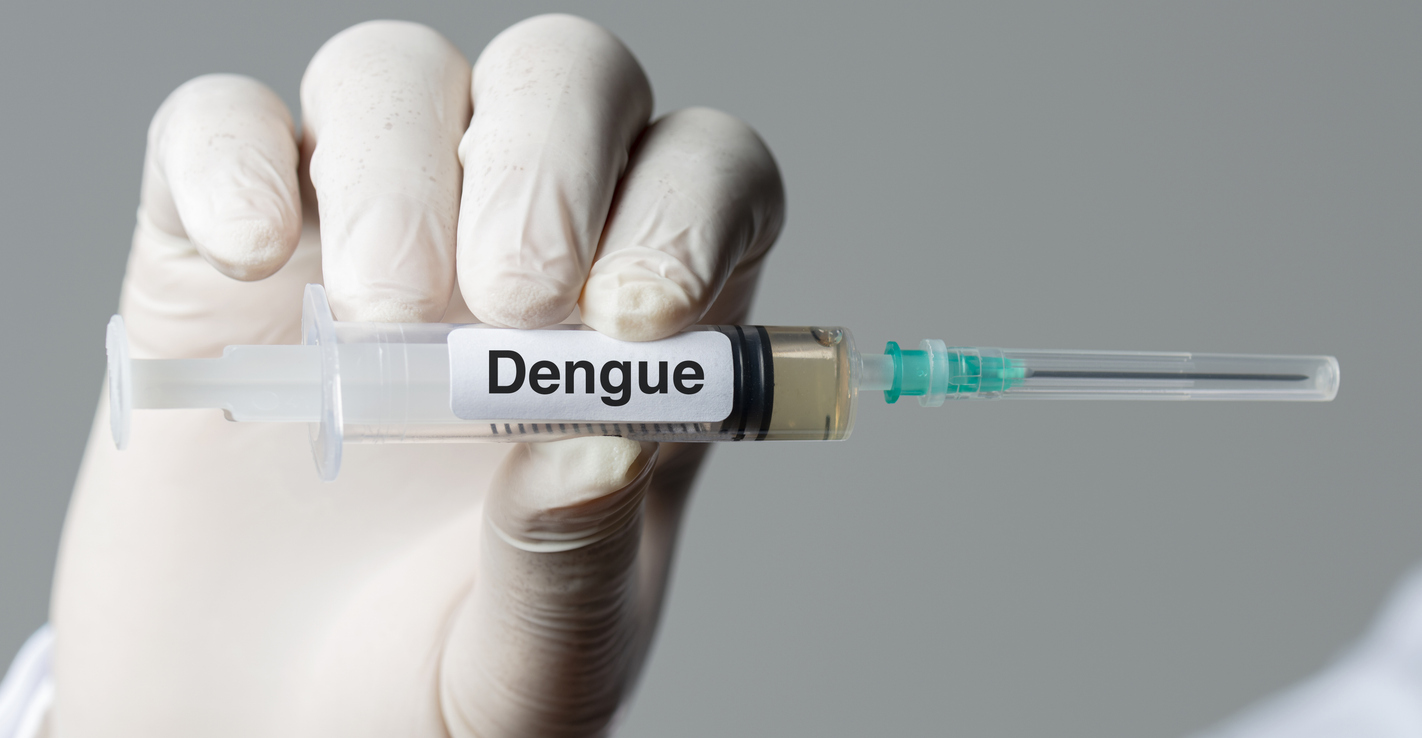Contributing factors remain familiar: Stagnant water, poor waste disposal, and construction activity, but climate conditions have complicated the picture further.
Published Aug 05, 2025 | 7:00 AM ⚊ Updated Aug 05, 2025 | 7:00 AM

Representational image. Credit: iStock
Synopsis: Tamil Nadu has witnessed a 79 percent increase in the year-on-year surge in dengue cases, rising from 4,778 in the first half of 2024 to 8,558 cases in the same period this year. However, with over 3,000 cases reported in the state between April and June 2025, only two deaths were officially recorded during this period.
Tamil Nadu has witnessed a 79 percent increase in the year-on-year surge in dengue cases, rising from 4,778 in the first half of 2024 to 8,558 cases in the same period this year, according to the latest Union Ministry of Health and Family Welfare.
While this data reflects a broader national uptick in vector-borne diseases, Tamil Nadu ranks among the states with one of the most significant jumps in dengue incidence till June 2025.
This steep rise comes months ahead of the traditional dengue transmission peak in September and October.
According to the data, Tamil Nadu recorded 3,023 dengue cases between April and June alone, second to Kerala. Two deaths are reported from the state in the same period.
This early onset and unusual burden of cases well before the peak season raise public health concerns.
A persistent pattern of dengue transmission appears to be unfolding in Tamil Nadu, according to Dr Madhumitha R, Senior Consultant of Infectious Diseases and Infection Control at MGM Healthcare, Chennai.
“Yes, we are certainly seeing a persistent pattern, especially post-rain,” she told South First.
What sets this year apart, she added, is the early onset and high case load even before the usual peak transmission months of September and October.
Contributing factors remain familiar: Stagnant water, poor waste disposal, and construction activity, but climate conditions have complicated the picture further. “Erratic rain spells followed by hot and humid weather create a perfect breeding cocktail for Aedes mosquitoes,” she said.
In terms of how the disease is showing up clinically, Dr Madhumitha noted that most cases still involve the typical symptoms: high-grade fever, muscle pain, headache, and rash.
However, she also pointed to a noticeable rise in gastrointestinal symptoms like nausea, vomiting, and abdominal pain, which are considered atypical for dengue.
“While overall severity hasn’t drastically worsened, the threshold for thrombocytopenia, low platelet count, seems to be showing up a bit earlier in some patients,” she explained.
With over 3,000 cases reported in the state between April and June 2025, only two deaths were officially recorded during this period. Dr Madhumitha attributed this to “a mix of both” improved clinical responses and possible gaps in reporting.
She highlighted the role of fever clinics, heightened public awareness, and early hospital referrals, all of which help reduce fatalities. At the same time, she cautioned that underreporting of dengue-related deaths, especially those occurring outside tertiary care settings, remains a possibility. “So while the low death count is encouraging, we must interpret it with a dose of caution,” she said.
In terms of geographical spread, she confirmed “some geographic clustering,” particularly in densely populated urban centres such as Chennai, Madurai, and Coimbatore. Within Chennai, neighbourhoods grappling with poor sanitation, stagnant water, and ongoing construction have emerged as consistent hotspots.
Despite the rising case numbers, Tamil Nadu’s hospitals are not under visible strain yet, Dr Madhumitha said. “A large proportion of dengue cases remain mild and are being effectively managed in outpatient settings,” she explained.
Only patients with warning signs such as persistent vomiting, abdominal pain, bleeding, or falling platelet counts are being admitted for close monitoring. “Hospitals are on alert, and triaging protocols are in place to prioritise admissions where clinically necessary,” she added.
Diagnostics and staffing levels are also holding steady. “NS1 antigen and complete blood count monitoring tests are widely available, and facilities are functioning smoothly,” she said. However, she emphasised the need for readiness in case of a sharp spike in severe cases over the next few months.
As for long-term strategies, Dr Madhumitha stressed the need to break the seasonal cycle of transmission through better prevention, sanitation, and public awareness. While not elaborated in detail, her overall assessment pointed to the critical role of both community and government-level action in managing what has clearly become a recurring public health challenge.
Officials said the Union government regularly monitors vector-borne diseases across the country through reviews, reports from states and Union Territories, and field visits. With the risk of transmission rising during and after the monsoon, they noted that preparatory measures are undertaken well in advance.
They also highlighted that specific interventions are implemented in high-incidence urban areas to control the spread of diseases such as dengue, malaria, chikungunya, and other diseases.
(Edited by Muhammed Fazil.)
